Despite the huge variety of wine available in the U.S. market, picking out a bottle worthy of its price when you’re in the mood for red can be tricky. Some of the most popular options, like Cabernet Sauvignon and Pinot Noir, can command hefty price tags that don’t always match their quality. But sometimes, you’ll have the opposite experience and find a surprisingly low price attached to a niche grape or region.
To help you resist decision paralysis and narrow down your choices, we asked sommeliers for the splurges they deem worthy and the under-the-radar deals within this mammoth category. In addition to specific bottles, the experts highlighted wineries and lesser known grapes that can be found at reasonable prices without compromising taste. Keep reading for a list that spans from California to Greece and plenty of stops in between.
The red wines that offer the best bang for your buck, according to somms:
- Barbera, Grignolino, Schioppettino, and Refosco
- Portuguese Baga
- Prunotto Nebbiolo Langhe
- Beaujolais
- Jordan Cabernet Sauvignon
- Bierzo Producer Raúl Pérez
- Ribera del Duero Producer AALTO
- Canary Islands’ Producer Envinate
- Xinomavro
- Bodegas La Horra Corimbo
- Lions de Batailley Pauillac
- Love You Bunches Sangiovese from Stolpman Vineyards
- Producer Diego Losada
- Remelluri’s Winemaker Telmo Rodríguez
- Carménère
- E. Guigal Crozes-Hermitage
- Lambrusco
- Bodegas Artuke Rioja Crianza
- Bodegas Akutain Rioja Crianza
- Cacique Maravilla Pipeño
- Wildmakers Brisas Cinsault
- Villalobos Costino Cabernet Sauvignon
- Casalibre Minimo
- Bourgogne Passe-Tout-Grains, Marsannay, and Mercurey
- Ridge Zinfandel
- López de Heredia Viña Tondonia
- Garnacha from Sierra de Gredos
- Burgundy sub-appellations: Monthélie, Maranges, and Santenay
- Domaine Rolet Arbois Rouge Tradition
- Abacela Tempranillo
“Northern Italian red wines like Barbera, Grignolino, Schioppettino, and Refosco from Piedmont and Friuli, respectively, are excellent wines that overdeliver for the price and deliciousness factor.” —Eduardo Dingler, sommelier, vice president of wine access and wine/spirits consultant, Kembara and Makoto Vail, Phoenix, Ariz. and Vail, Colo.
Don’t Miss A Drop
Get the latest in beer, wine, and cocktail culture sent straight to your inbox.
“I think Portuguese Baga is a super-delicious wine that is usually very reasonably priced.” —Thomas Dunn, general manager and sommelier, LittleMad, NYC
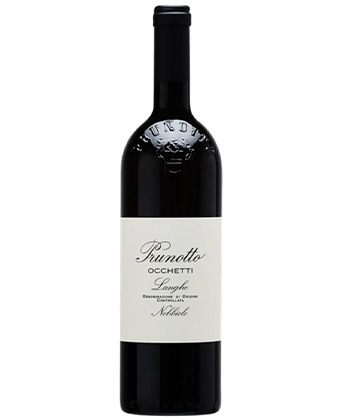
“Nebbiolo grapes are the best bang for your buck. Most major producers of Barolo offer a Nebbiolo wine that is significantly cheaper. A great example is Prunotto Barolo 2018 [priced at] $63 versus Prunotto Nebbiolo Langhe for $21.” —Anthony Scotto, chef and owner, Luogo and Pelato, Nashville, Tenn.
“Beaujolais is a region in which new gems are popping up all the time at a great value. And their wines have wide versatility to pair with food.” —David Oleas, wine director, The Golden Swan, NYC
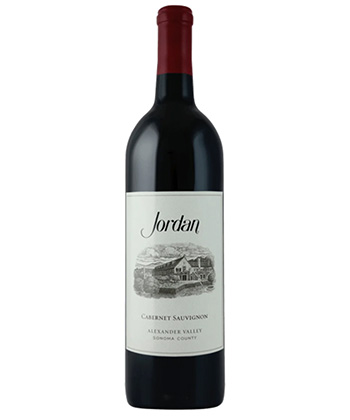
“My choice would be Jordan Cabernet Sauvignon. Jordan is a Sonoma County icon; a polished, bold Cabernet Sauvignon that sits right up there with some of the finest Napa and Bordeaux Cabs at a very respectable price point.” —Leo Chavanne, managing partner, Adrienne’s, Broad Channel, Queens, N.Y.
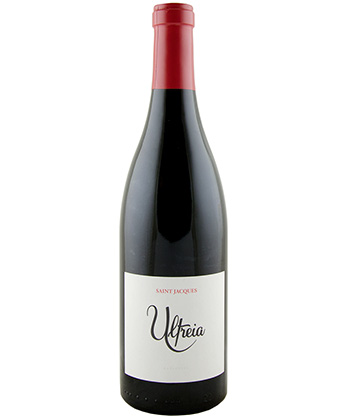
“I find the wines in Spain to provide an incredible value, from the big, bold reds of Ribera del Duero or Priorat to lighter and more refreshing bottles from Bierzo. Producers that really stick out to me in Spain are Raúl Pérez in Bierzo, Aalto in Ribera del Duero, and Envinate in the Canary Islands. I would strongly encourage anyone to go out and grab a bottle off the shelf and give them a try!” —Gabriel Corbett, sommelier, JÔNT, Washington, D.C.
“I’d say a well-made Xinomavro from Greece still offers great value and is something worth snapping up. Greece has some beautiful wines that can be found for lower prices because of several factors: indigenous varietals that consumers don’t recognize or can’t pronounce, Greek labels that many buyers can’t decipher, and a general lack of familiarity or education around Greek wine culture. But there are now excellent and more accessible options vinified with drinking in mind, and the aging potential of a Xinomavro rivals that of a Barolo or Barbaresco.” —Gabriella Borg Costanzi, general manager, Le Crocodile, Brooklyn
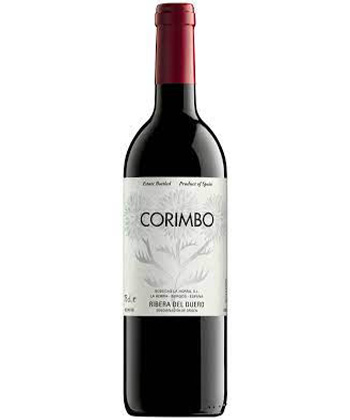
“My current favorite is the Corimbo from Bodegas La Horra. It’s a classic Spanish wine grown in the Ribera del Duero region from the sister winery of Bodegas Roda, a legendary producer in Rioja. The result is a wonderful, single-varietal Tempranillo that is relatively inexpensive, but a definite crowd-pleaser. If you don’t know what to drink or want to bring something that everyone will enjoy, you can’t go wrong with Corimbo.” —Robert Guse, food & beverage manager, Tschuggen Grand Hotel, Arosa, Switzerland
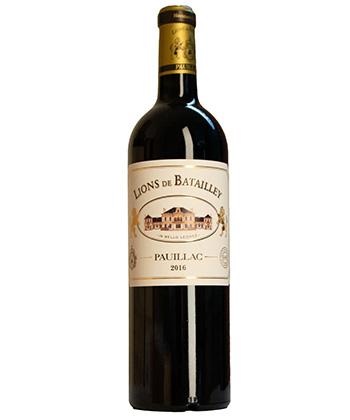
“The wine that offers the best bang for your buck is a Pauillac, Lions de Batailley. With some luck, it could be found for just $50 on the shelves and offers top-quality Bordeaux, with notes of dark fruits, tobacco, and depth, [and is] worth so much more!” —Mirko Galliani, sommelier, L’Avenue at Saks, NYC
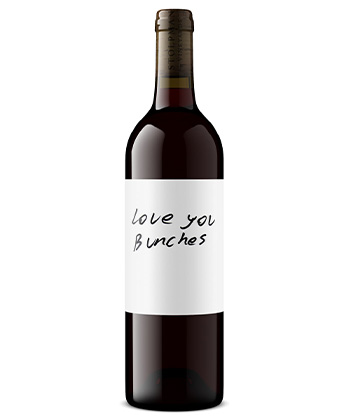
“Love You Bunches… no, not you, but the wine coming from Stolpman Vineyards. A husband-and-wife duo out of California makes this line of wines all with carbonic maceration, which causes the wine to showcase a bit of spritz on the first sip. That tends to dissipate as you drink it, leaving only deliciously ripe fruit. Their Love You Bunches Sangiovese is perfect for a crowd and even better chilled.” —Gabriel Maldonado, beverage manager, The Wesley, NYC
“A lot of Spanish wines are currently a great value in the market. A producer that I feel really hits this mark is Diego Losada. He is producing wines of mostly Mencia in the D.O. of Bierzo — a true rugged-edge of winemaking which shows great fruit characteristics and hints of spice. He is at the forefront of Spain’s natural style of winemaking and really pushing back against modern winemaking practices. Also, Remelluri’s winemaker, Telmo Rodríguez (under the tutelage of his uncle Jaime Rodriguez) has really tried to reach back in time to bring back a focus of terroir and small wine production. He focuses on the varietals of Tempranillo, Graciano, [and] Garnacha in his vineyards. Some of his new projects of Lindes de Remelluri bring great value to the market and showcase his amazing talents.” —Timothy Knight, assistant general manager, Corrida, Boulder, Colo.
“In my opinion, Carménère offers the best bang for your buck. It’s very closely related to Cabernet Sauvignon, Merlot, and Cabernet Franc, so it will have the same red and black fruit flavors and high pyrazine levels as a Bordeaux or a California Cab or Merlot would, but at a much better price. You can find an incredible bottle of Chilean Carménère for between $30 to $40.” —Bernadette James, sommelier, Stages at One Washington and The Living Room, Dover, N.H.
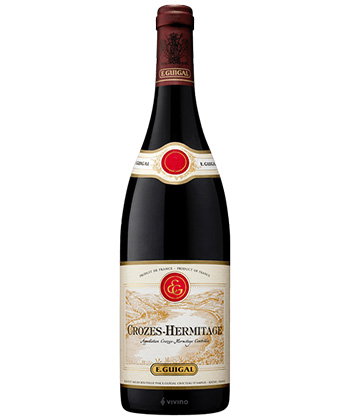
“I love Rhône wines, but they tend to command a hefty price tag. Hermitage in particular is one of my favorites, but it’s also one of the priciest! However, you can find screaming deals right next door with Crozes-Hermitage. E. Guigal Crozes-Hermitage is a fabulous example of the peppery, spicy, warm red fruit that Rhône Syrah is known for while only coming in at around $30. Lambrusco is my other go-to bargain wine. This sparkling red is always delicious and approachable, plus it’s especially tasty with pizza. I never spend more than $10 on a bottle of Lambrusco!” —Aaron Danneman, food & beverage manager, Kimpton Palladian Hotel, Seattle
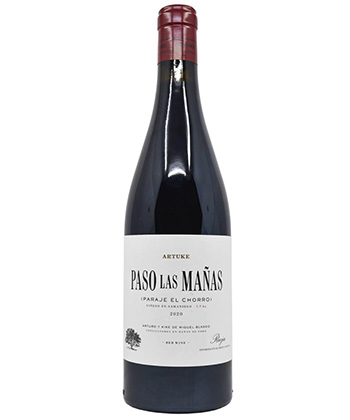
“Red wines from Rioja in Spain offer an incredible bang for your buck. Rioja has a rich and storied history of making exceptional wine. These wines have flown under the radar compared to some of their Italian and French counterparts (Tuscany and Bordeaux to name two), but the wines from Rioja are often ready to drink upon release, where you may have to wait several years for your Bordeaux to mature to its perfect place. Some of the best examples available are the Artuke Crianza or the Akutain Crianza. Both of these wines often retail for less than $20, but offer the maturity and complexity of a wine three times the price.” —Mark Patykewich, director of food & beverage/wine director, The Katharine at The Kimpton Cardinal Hotel, Winston-Salem, N.C.
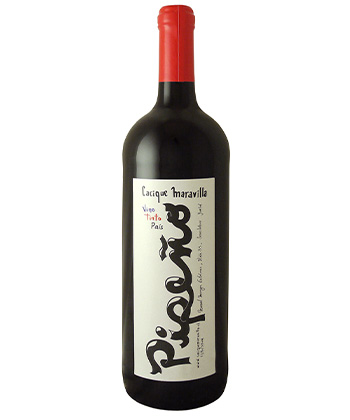
“Let’s face it: Chile gets a bad rap here in America. But once you get beyond the overcropped and irrigated behemoth brands destined for your local grocery store, there is an artisanal wine making culture rich in tradition that yields some of the best quality-price ratio around. In the south, keep your eye out for fresher style wines like Pipeño from Bio Bio, a tradition of making young wines from País grapes aged in pipas, the local name for beechwood barrels. And don’t miss crushable-style Cinsaults from Itata. The Pipeño from Cacique Maravilla and Brisas Cinsault from Wildmakers are two bangers to keep your eyes open for. Further north, in the Colchagua Valley, Bordeaux varietals relish in the heat. Costino Cabernet Sauvignon from Villalobos and Minimo, a Malbec and Syrah blend from Casalibre are two wines that exhibit [the] balance between power and complexity [that] wines from the Central Valley can achieve!” —Grant Richardson, owner, The Violet Crown Wine Bar & Coffee Shop and Pangea Selections, Austin, Tex.
“In most people’s minds, the word Burgundy conjures up visions of single bottles that can cost as much as a mortgage payment. The key to getting the most bang for your buck out of Burgundy is to look past the ‘tenderloin’ regions and do a small amount of work digging into the forgotten regions. These are the places where the newest generation of soon-to-be-famous winemakers can afford to start and where the already famous winemakers can afford to experiment. Look to places like Bourgogne Passe-Tout-Grains (which has easy-drinking Pinot Noir and Gamay blends), Marsannay (where you can actually drink some very famous names for the best possible price), [and] Mercurey (a prime place to taste both newcomers and historic estates alike).” —Christian Shaum, sommelier, Bazaar Meat by José Andrés, Chicago
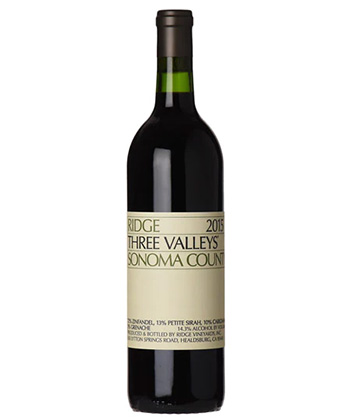
“If you are talking about bang for your buck being equated with tannin, fruit, and alcohol levels, I believe California Zinfandel is definitely a contender. I specifically like Ridge Zinfandel. If you are looking for a more nuanced, balanced, and complex style of red wine, I don’t think there are any better deals on the wine market than Rioja. It has everything: structured tannin that softens with age, and amazing secondary and tertiary flavors that dance around on the palate. I suggest López de Heredia Tondonia.” —Colin Hofer, general manager, Adorn Bar & Restaurant, Chicago
“Garnacha from Sierra de Gredos, and the sub-appellations from southern Burgundy: Monthélie, Maranges, and Santenay. There’s still value in Burgundy, you just have to know where to look. Southern appellations like Monthélie or Maranges are producing quality wines at a discount compared to other villages like Givry.” —Thibault Dubreuil, sommelier, Eli’s Table, NYC
“Lately I’ve been charmed by one wine from the Jura in eastern France made by Domaine Rolet, a benchmark producer in the region. Their Tradition Rouge — a blend of the local grapes Poulsard and Trousseau plus the Burgundian grape Pinot Noir — offers an absurd amount of joy for generally around $20. It’s light, gorgeously aromatic, super silky, and expertly made.” —Joe Quinn, wine director, Aventino Cucina, Bethesda, Md.
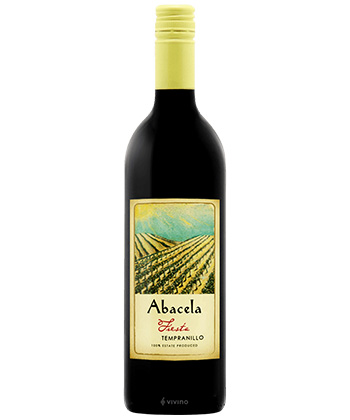
“I’m a huge fan of a winery established in the ‘90s from Umpqua, Oregon, called Abacela Vineyards. It focuses mostly on Spanish varietals, particularly Tempranillo. I think it’s the best Tempranillo in the United States by far — wonderful character, wonderful spice, and for the quality, I think is a wonderful value. They are one of the only vineyards to grow Spanish varietals in the region [and] they’re definitely a bit off the beaten path, but certainly worth the meander.” —TJ Provenzano, beverage director and co-owner, Bar Miller, NYC
*Image retrieved from Ilshat via stock.adobe.com